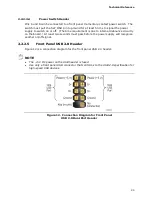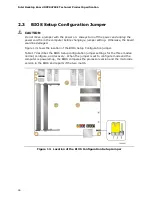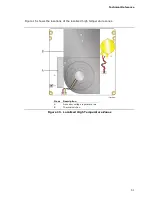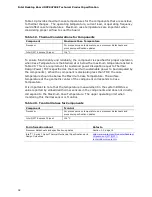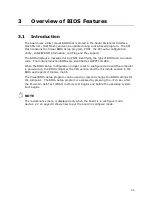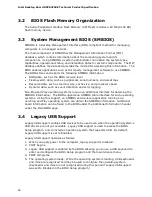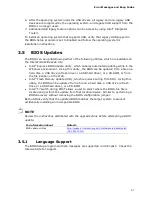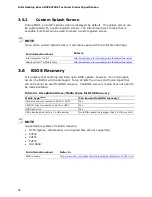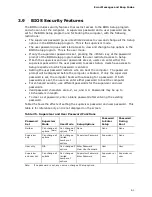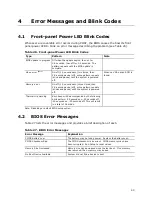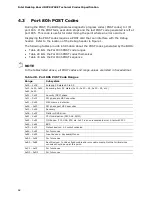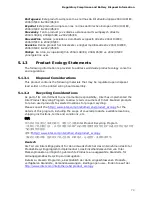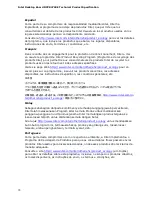
Error Messages and Beep Codes
59
3.7
Boot Options
In the BIOS Setup program, the user can choose to boot from a hard drive, optical
drive, removable drive, or the network. The default setting is for the optical drive to
be the first boot device, the hard drive second, removable drive third, and the network
fourth.
3.7.1
Network Boot
The network can be selected as a boot device. This selection allows booting from the
onboard LAN or a network add-in card with a remote boot ROM installed.
Pressing the <F12> key during POST automatically forces booting from the LAN. To
use this key during POST, the User Access Level in the BIOS Setup program's Security
menu must be set to Full.
3.7.2
Booting Without Attached Devices
For use in embedded applications, the BIOS has been designed so that after passing
the POST, the operating system loader is invoked even if the following devices are not
present:
•
Video adapter
•
Keyboard
•
Mouse
3.7.3
Changing the Default Boot Device During POST
Pressing the <F10> key during POST causes a boot device menu to be displayed. This
menu displays the list of available boot devices. Table 23 lists the boot device menu
options.
Table 23. Boot Device Menu Options
Boot Device Menu Function Keys
Description
<
↑
> or <
↓
>
Selects a default boot device
<Enter>
Exits the menu, and boots from the selected device
<Esc>
Exits the menu and boots according to the boot priority
defined through BIOS setup
Summary of Contents for DCCP847DYE
Page 4: ...Intel Desktop Board DCP847SKE Technical Product Specification iv ...
Page 54: ...Intel Desktop Board DCP847SKE Technical Product Specification 54 ...
Page 62: ...Intel Desktop Board DCP847SKE Technical Product Specification 62 ...
Page 70: ...Intel Desktop Board DCP847SKE Technical Product Specification 70 ...
Page 83: ...Regulatory Compliance and Battery Disposal Information 83 ...
Page 84: ...Intel Desktop Board DCP847SKE Technical Product Specification 84 ...

